Home>Garden Essentials>How Deep To Plant Turnip Seeds
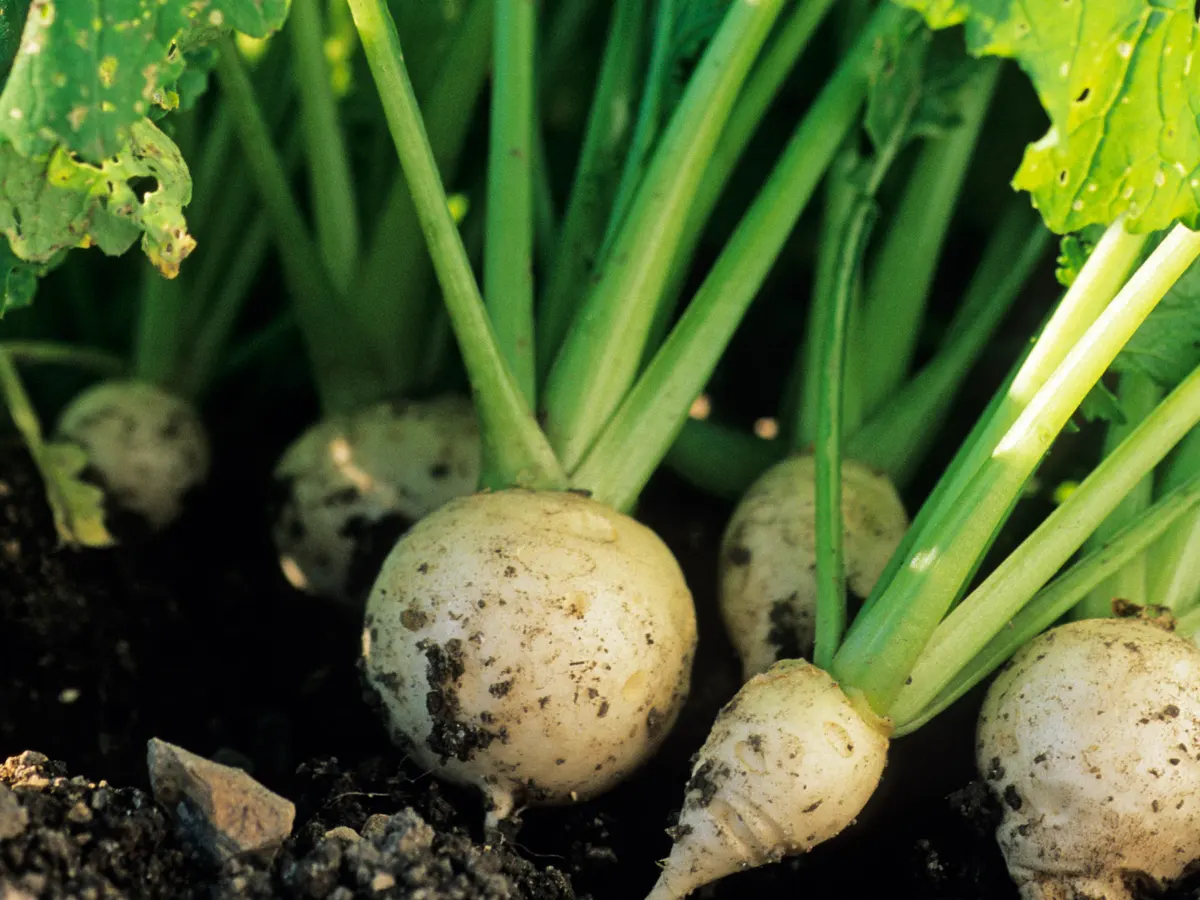

Garden Essentials
How Deep To Plant Turnip Seeds
Modified: March 15, 2024
Learn the correct planting depth for turnip seeds in your garden. Follow our step-by-step guide to ensure successful growth and bountiful harvest.
(Many of the links in this article redirect to a specific reviewed product. Your purchase of these products through affiliate links helps to generate commission for Storables.com, at no extra cost. Learn more)
Introduction
Welcome to the world of turnip gardening! Whether you’re an experienced gardener or just starting out, growing turnip plants can be a rewarding and enjoyable experience. Turnips are versatile and nutritious root vegetables that can be enjoyed raw or cooked in a variety of dishes. To ensure a successful turnip harvest, it’s important to understand the factors that contribute to their growth and how to properly plant turnip seeds.
When it comes to planting turnip seeds, there are a few key factors to consider. These include the soil conditions, the depth at which the seeds should be planted, and the proper care and maintenance required for germination and growth. In this article, we will explore these factors in detail and provide you with expert tips to help you achieve a bountiful turnip harvest.
Key Takeaways:
- Plant turnip seeds ¼ to ½ inch deep in well-drained soil with 6 hours of sunlight. Keep soil moist, thin seedlings, and watch for pests for a bountiful harvest.
- Turnips thrive in cool seasons, need consistent moisture, and can be grown alongside peas, lettuce, or radishes. Enjoy growing and harvesting these versatile vegetables!
Read more: How To Plant Turnip Seeds
Factors to Consider When Planting Turnip Seeds
Before planting turnip seeds, there are a few important factors to keep in mind to ensure successful growth and optimal harvest. Let’s take a look at these factors:
- Climate: Turnips are cool-season vegetables that prefer moderate temperatures between 55°F and 75°F (13°C to 24°C). It’s best to plant turnip seeds in early spring or late summer to take advantage of these favorable conditions.
- Sunlight: Turnips thrive in full sun to partial shade. They require a minimum of 6 hours of direct sunlight per day for optimal growth. Make sure to choose a sunny spot in your garden for planting turnip seeds.
- Soil Quality: Turnips prefer well-drained soil with a pH level between 6.0 and 7.5. They can tolerate a range of soil types, including sandy, loamy, and clay soils. Before planting, it’s essential to prepare the soil by removing any weeds or debris and incorporating organic matter for better nutrient retention.
- Watering: Turnip plants require consistent moisture to ensure healthy growth. Keep the soil evenly moist, especially during dry periods. Avoid overwatering, as it can lead to root rot. Mulch around the plants to help retain moisture and suppress weed growth.
- Companion Planting: Consider companion planting turnips with crops like peas, lettuce, or radishes. These plants can benefit each other by providing shade, attracting beneficial insects, and improving overall garden health.
By taking these factors into account, you can create a favorable environment for your turnip seeds and set them up for success. Now, let’s move on to soil preparation for planting turnip seeds.
Soil Preparation for Planting Turnip Seeds
Proper soil preparation is crucial for the successful growth of turnip seeds. The right soil conditions will provide necessary nutrients, good drainage, and a suitable environment for seed germination. Here are some steps to follow when preparing your soil for planting turnip seeds:
- Clear the area: Start by clearing the selected area of any weeds, rocks, or debris that could hinder the growth of your turnip plants. This will prevent competition for nutrients and ensure a clean planting space.
- Loosen the soil: Use a garden fork or tiller to loosen the soil to a depth of about 8 to 10 inches. This will improve drainage and allow turnip roots to penetrate the soil more easily.
- Add organic matter: Incorporate organic matter, such as compost or well-rotted manure, into the soil. This will help improve soil structure, fertility, and moisture retention. Spread a layer of organic matter and mix it into the top few inches of soil.
- Test the pH: Test the soil pH using a soil testing kit. Turnips prefer a slightly acidic to neutral pH level between 6.0 and 7.5. If the pH is too low or high, you can adjust it by adding amendments like lime or sulfur accordingly.
- Level the soil: Use a rake to level the soil surface and ensure an even planting area. This will provide a uniform environment for your turnip seeds to germinate and grow.
Once you have prepared the soil, you are ready to proceed with planting turnip seeds. But the question remains – how deep should you plant the seeds? Let’s find out in the next section.
Seed Sowing Depth for Turnip Seeds
The proper seed sowing depth is crucial for the successful germination and establishment of turnip seeds. Planting the seeds at the correct depth ensures that they receive the necessary moisture, warmth, and access to oxygen. Here are some guidelines for the optimal seed sowing depth when planting turnip seeds:
- Shallow sowing: Turnip seeds are relatively small, so they should be sown shallowly. The recommended depth for sowing turnip seeds is around ¼ to ½ inch (0.6 to 1.3 cm) deep.
- Spacing: When sowing the seeds, space them apart according to the guidelines on the seed packet. Typically, turnip seeds should be sown about 2 to 4 inches (5 to 10 cm) apart in rows, with a spacing of around 12 to 18 inches (30 to 45 cm) between rows.
- Thin the seedlings: After the seeds have germinated and the seedlings have emerged, it’s important to thin them out to provide adequate space for the plants to grow. Thin the seedlings to a spacing of around 4 to 6 inches (10 to 15 cm) apart. This allows each turnip plant enough room to develop a healthy, full-sized root.
- Covering the seeds: Once the seeds are sown, gently cover them with soil, ensuring they are at the appropriate depth. Lightly firm the soil on top to ensure good seed-to-soil contact and proper moisture retention.
Remember to keep the soil consistently moist after sowing the seeds to aid in germination. As the seedlings grow, provide them with regular water and ensure they receive adequate sunlight for healthy growth. With proper care, your turnip seeds will sprout and thrive in no time. In the next section, we will discuss germination and care of turnip seeds.
Plant turnip seeds about 1/4 to 1/2 inch deep in loose, well-drained soil. Water the seeds after planting and keep the soil consistently moist for best germination.
Germination and Care of Turnip Seeds
Germination is an exciting stage in the growth of turnip plants. Proper care during this period will ensure healthy seedling development and set the stage for a fruitful harvest. Here are some essential tips for germination and care of turnip seeds:
- Moisture: Turnip seeds require consistent moisture for successful germination. Water the soil regularly, keeping it evenly moist but not waterlogged. Avoid overwatering, as it can lead to rot and fungal diseases.
- Temperature: Turnips germinate best in temperatures between 50°F and 85°F (10°C to 29°C). Maintain a moderate temperature in the germination area, providing protection from extreme heat or cold.
- Thinning seedlings: Once the seedlings emerge, thin them out to provide enough space for proper growth. Remove the weakest and overcrowded seedlings, leaving the strongest ones at the recommended spacing.
- Weeding: Keep the area around the turnip seedlings free from weeds. Weeds not only compete for nutrients and water but can also harbor pests and diseases. Regularly check and remove any weeds that appear.
- Fertilization: Turnip plants have moderate nutrient requirements. Add a balanced organic fertilizer or compost around the base of the plants after thinning. This will provide the necessary nutrients for healthy growth and development.
- Pest and disease control: Monitor the turnip plants for any signs of pests or diseases. Common pests that may attack turnips include flea beetles, aphids, and cabbage worms. Employ organic pest control methods like handpicking or using insecticidal soap to manage these pests.
- Harvesting: Harvest time depends on the variety of turnip you have planted. Baby turnips can be harvested when they reach a desirable size, while mature turnips should be harvested when they reach their full size but before they become overmature and woody.
By following these tips, you can ensure the healthy growth and development of your turnip plants. Remember to provide adequate care and monitor their progress regularly. Next, let’s address some common questions about planting turnip seeds.
Read more: How Deep To Plant Coneflower Seeds
Common Questions About Planting Turnip Seeds
Planting turnip seeds can sometimes raise questions and concerns. To help address those, let’s explore some common questions about planting turnip seeds:
- When is the best time to plant turnip seeds? Turnips are cool-season vegetables, so the best time to plant the seeds is in early spring, when the soil has warmed up but before the temperatures get too hot. You can also plant turnip seeds in late summer for a fall harvest.
- Can turnip seeds be started indoors? While turnip seeds can be started indoors, they typically do not transplant well due to their delicate root system. It is recommended to sow turnip seeds directly in the garden soil.
- How long does it take for turnip seeds to germinate? Under optimal conditions, turnip seeds will usually germinate within 7 to 10 days. However, germination time may vary depending on factors such as soil temperature and moisture levels.
- Can turnips be grown in containers or pots? Yes, turnips can be grown in containers or pots as long as they are large enough to accommodate the root development. Choose a container that is at least 12 inches deep and wide, with good drainage holes.
- Do turnips require full sun or partial shade? Turnips prefer full sun to partial shade. They require a minimum of 6 hours of direct sunlight per day to grow and develop properly. However, they can tolerate some shade if necessary.
- Can turnips be grown alongside other vegetables? Yes, turnips can be grown alongside other vegetables. They make good companion plants for crops like peas, lettuce, or radishes. Just ensure that the companion plants have similar growing requirements and provide enough space for each plant to thrive.
Hopefully, these answers have provided clarity on some of the common questions about planting turnip seeds. By understanding these aspects, you can confidently embark on your turnip gardening journey. Let’s conclude our article with some final thoughts.
Conclusion
Planting turnip seeds can be a delightful and rewarding experience for gardeners of all levels. By considering important factors such as climate, sunlight, soil quality, and watering needs, you can provide the optimal conditions for turnips to thrive. Preparing the soil correctly and sowing the seeds at the appropriate depth ensures successful germination and establishment.
Throughout the growing process, it’s essential to provide consistent care, including proper watering, thinning of seedlings, and controlling pests and diseases. By doing so, you can encourage healthy growth and maximize your turnip harvest. Harvest time depends on the variety planted, so be sure to check for maturity and harvest accordingly for the best flavor and texture.
With their versatility and nutritional benefits, turnips are a valuable addition to any vegetable garden. Whether enjoyed raw in salads or cooked in delicious dishes, the possibilities are endless. Remember to rotate crops annually to maintain soil health and prevent disease build-up.
By following the guidelines and tips provided in this article, you are well-equipped to successfully plant and grow turnips from seed. So go ahead, grab your gardening tools, and enjoy the fulfillment of growing your own delicious turnips. Happy gardening!
Frequently Asked Questions about How Deep To Plant Turnip Seeds
Was this page helpful?
At Storables.com, we guarantee accurate and reliable information. Our content, validated by Expert Board Contributors, is crafted following stringent Editorial Policies. We're committed to providing you with well-researched, expert-backed insights for all your informational needs.

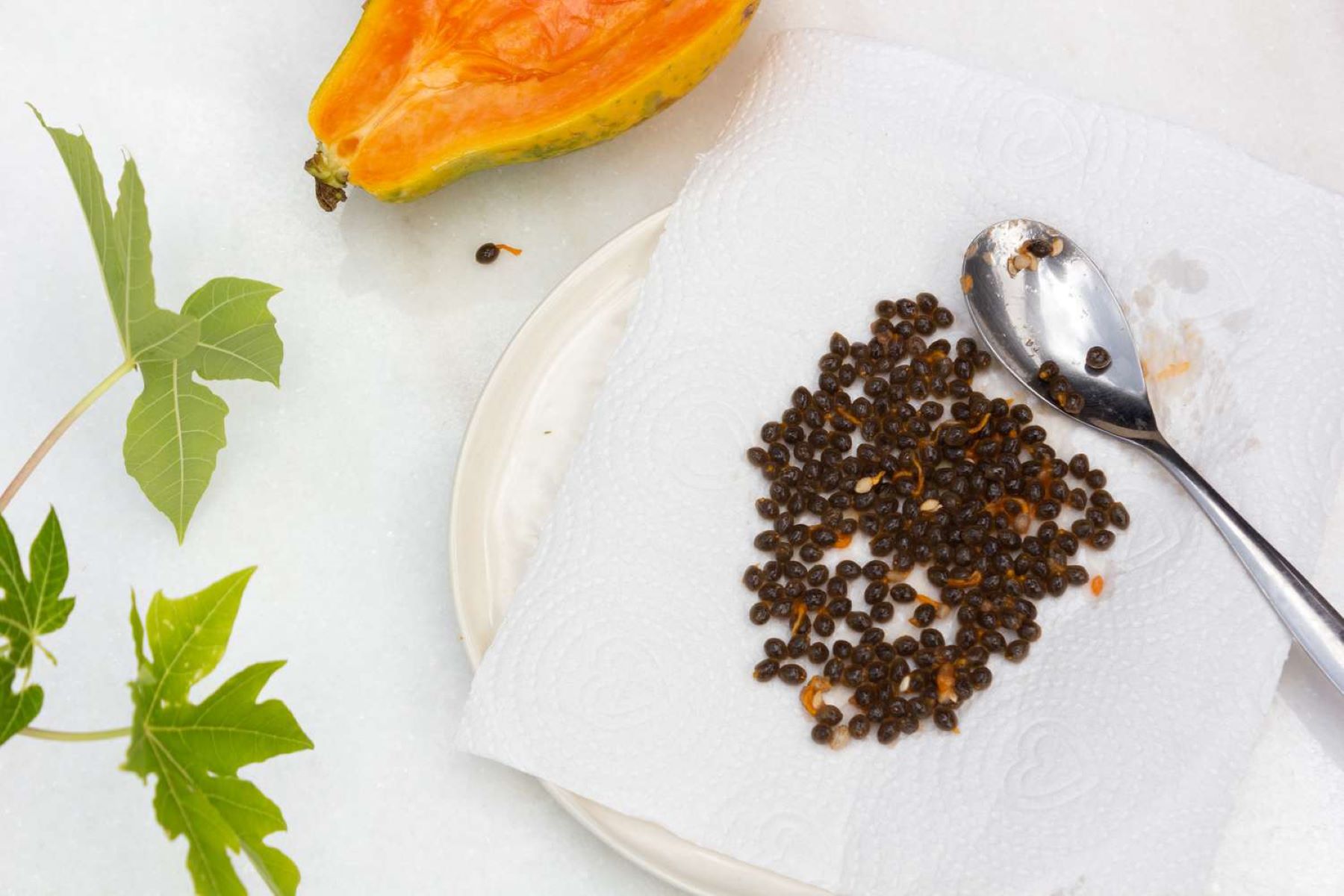
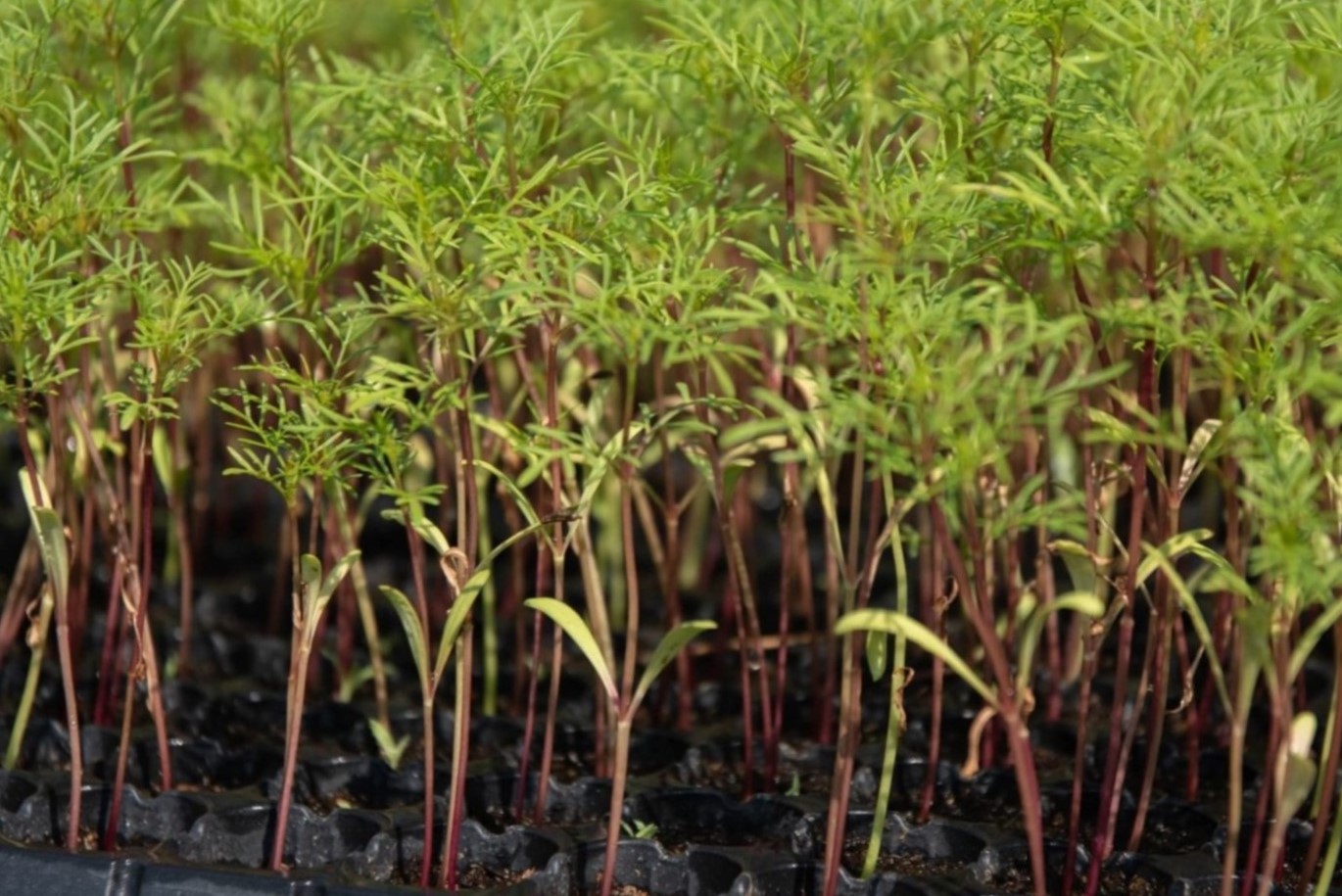
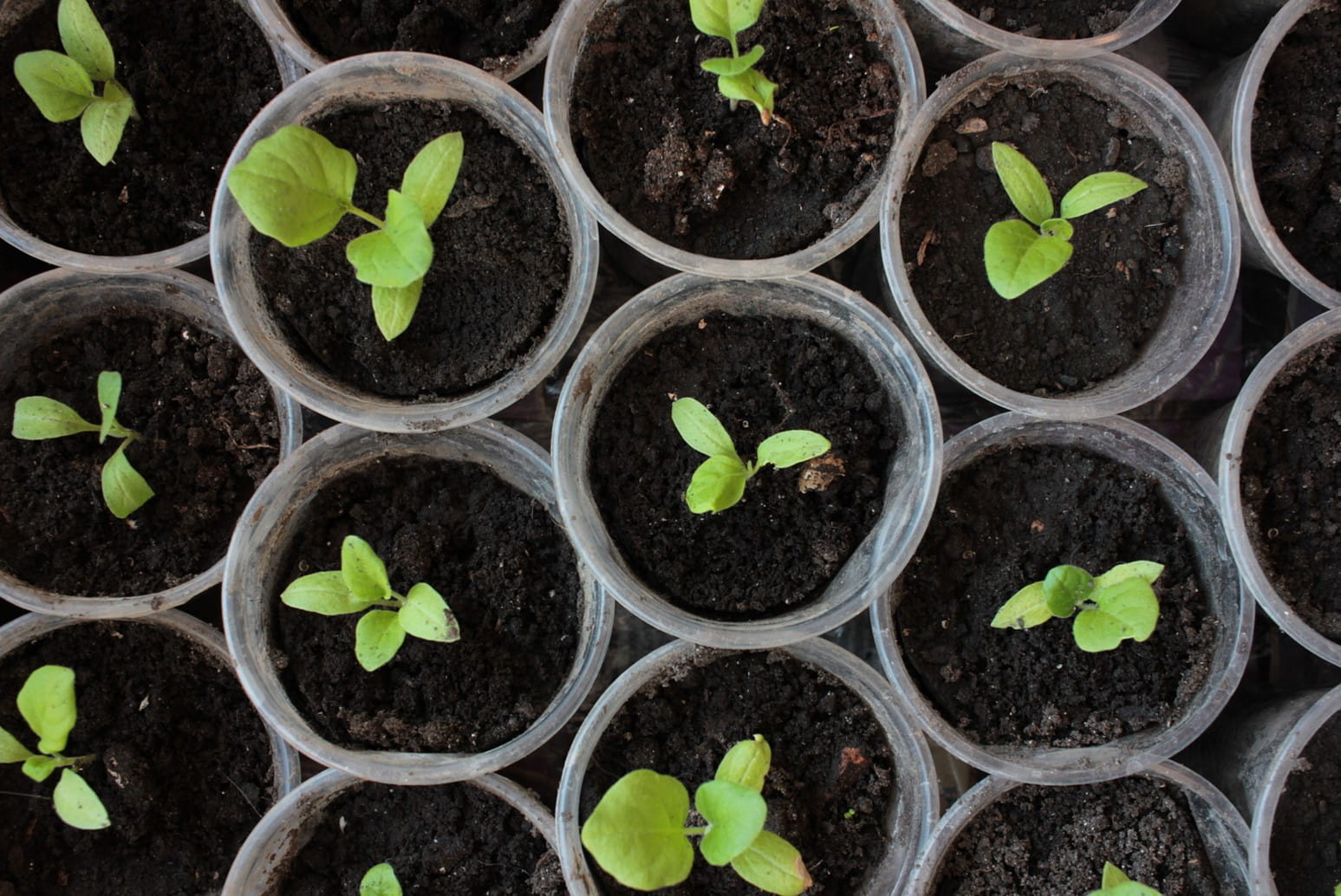
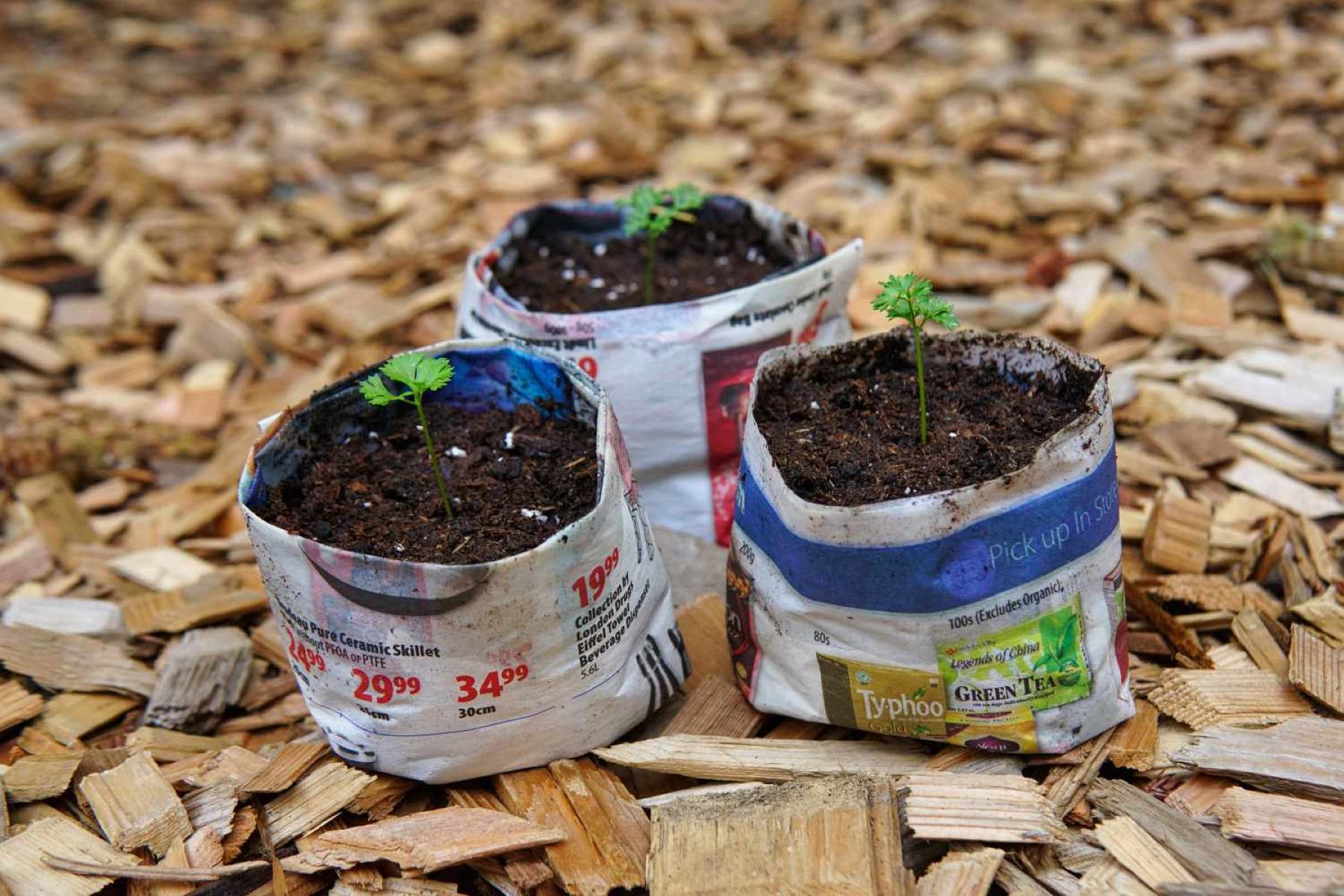
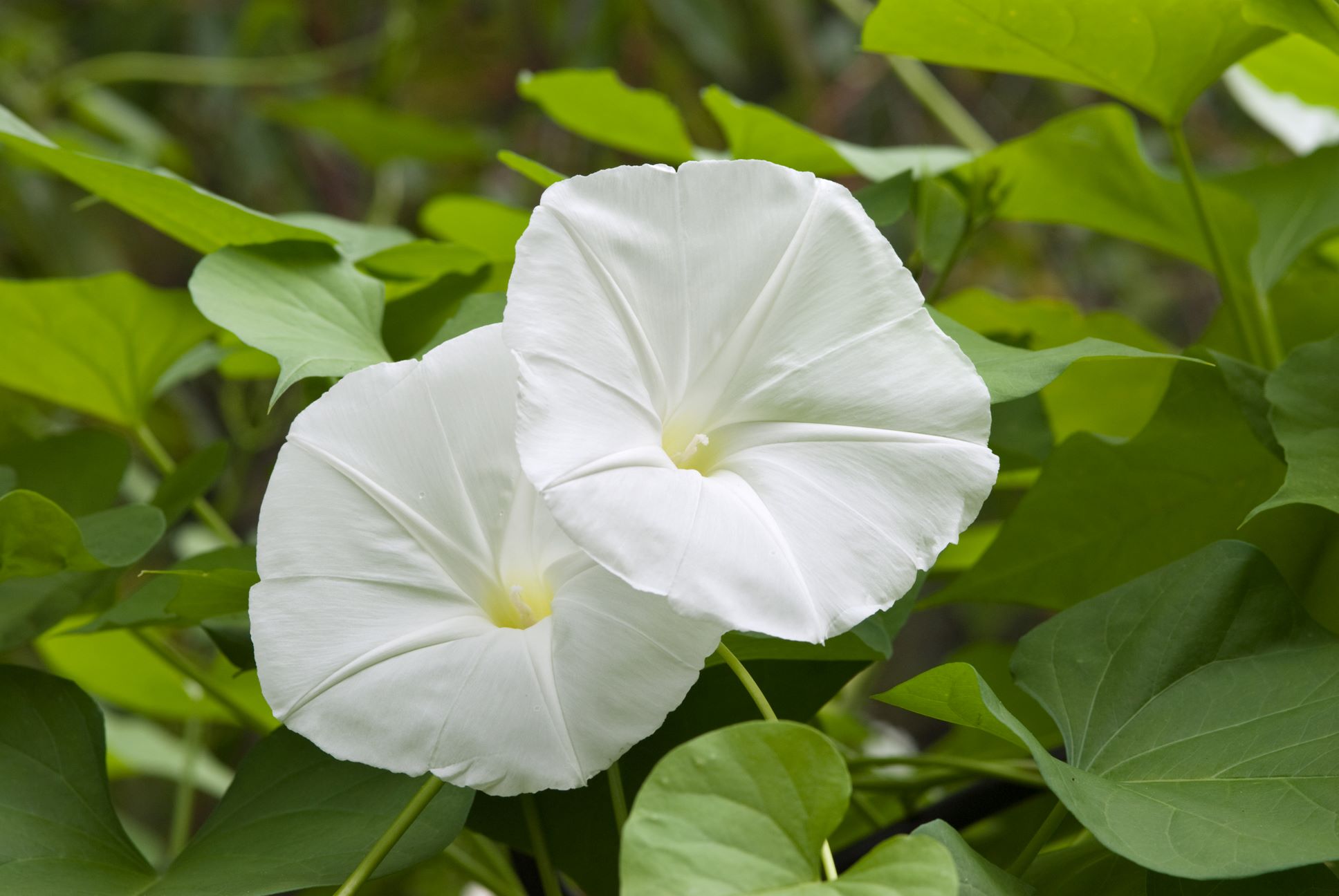
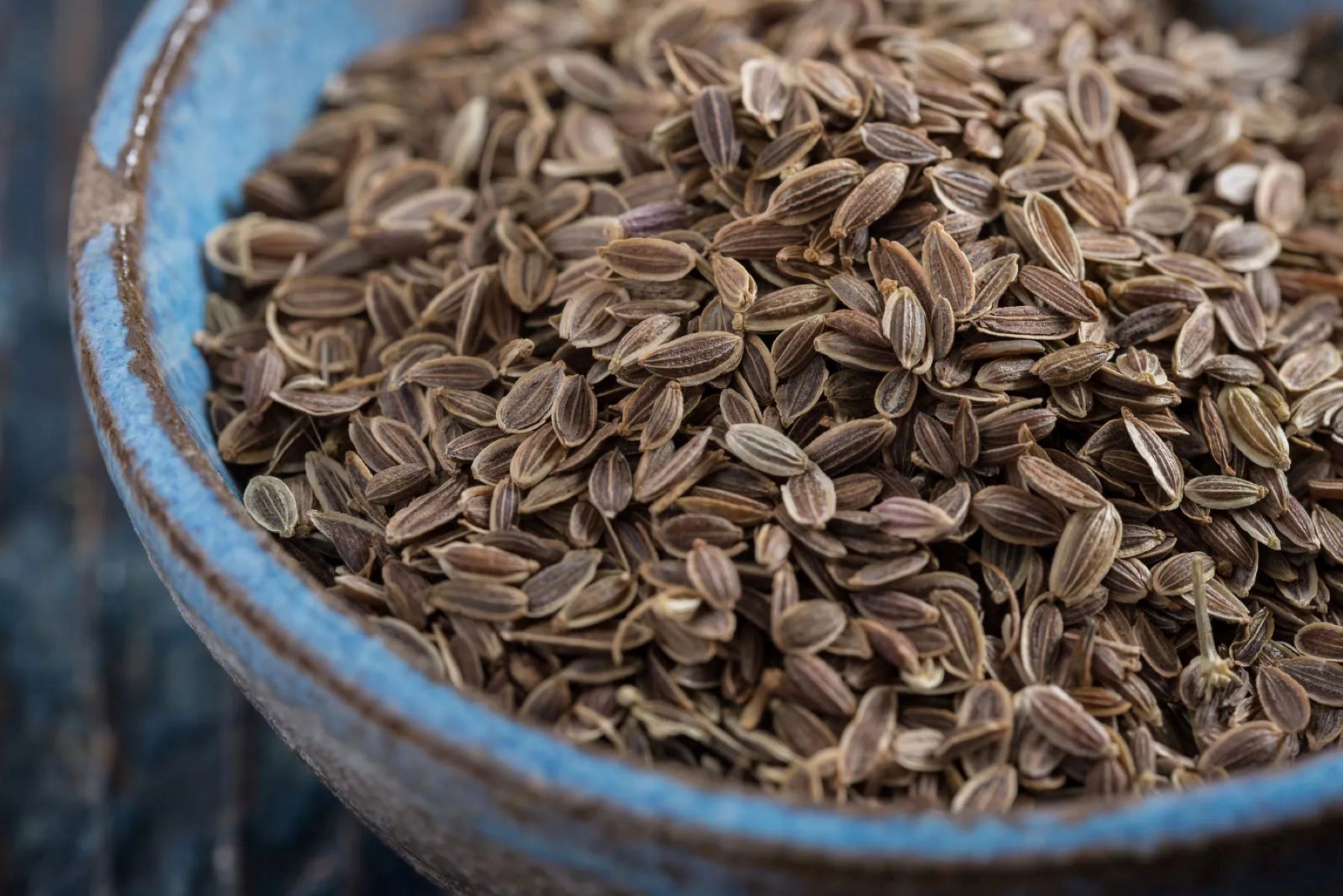
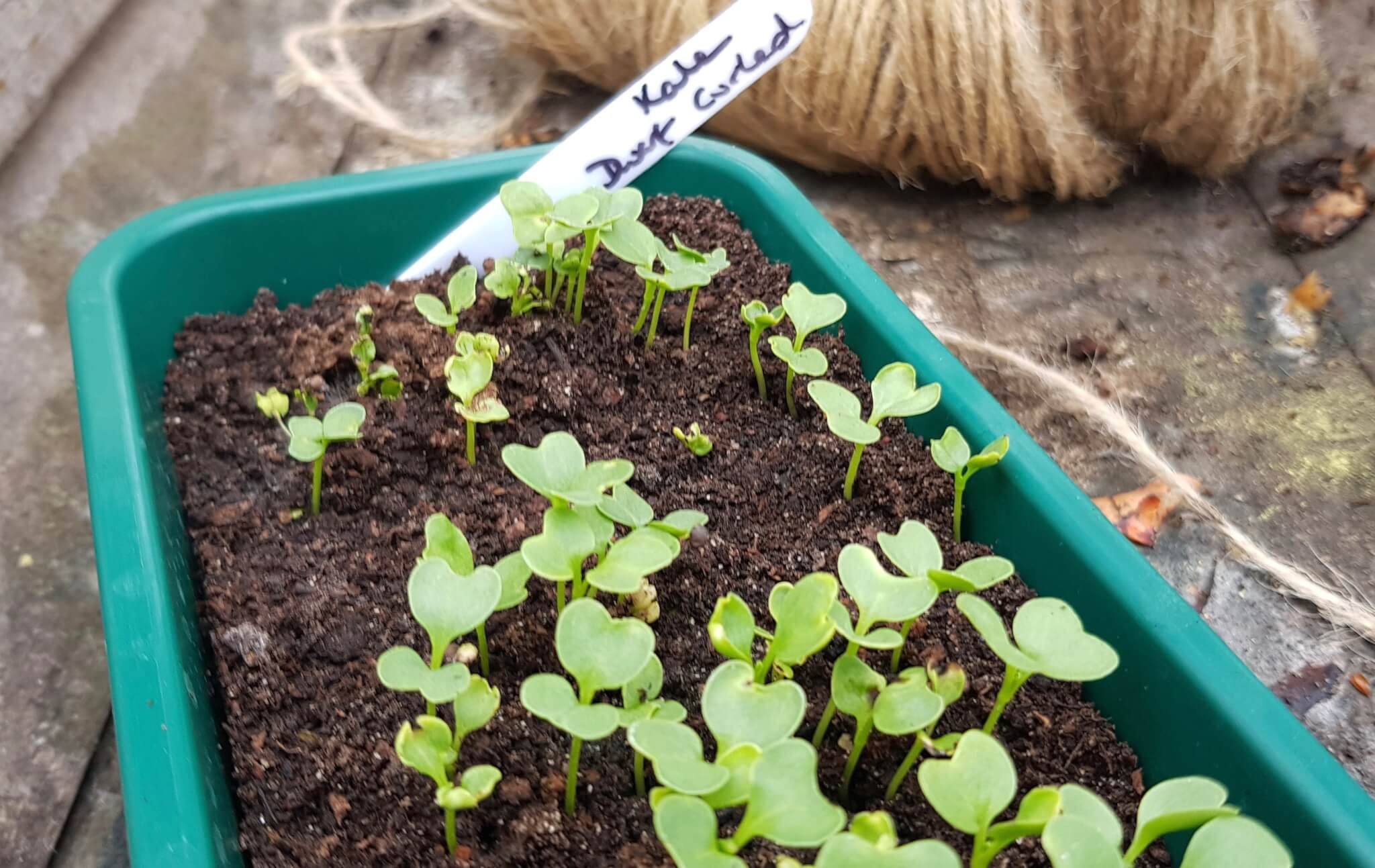
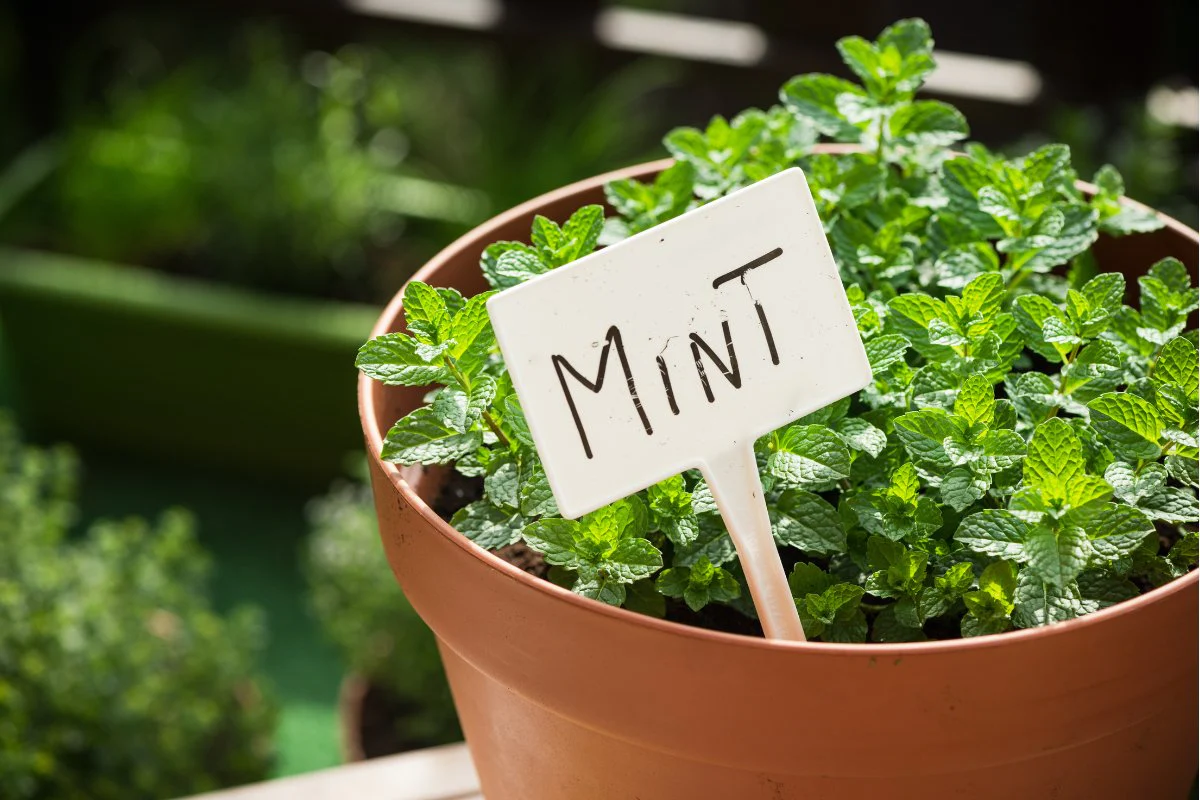
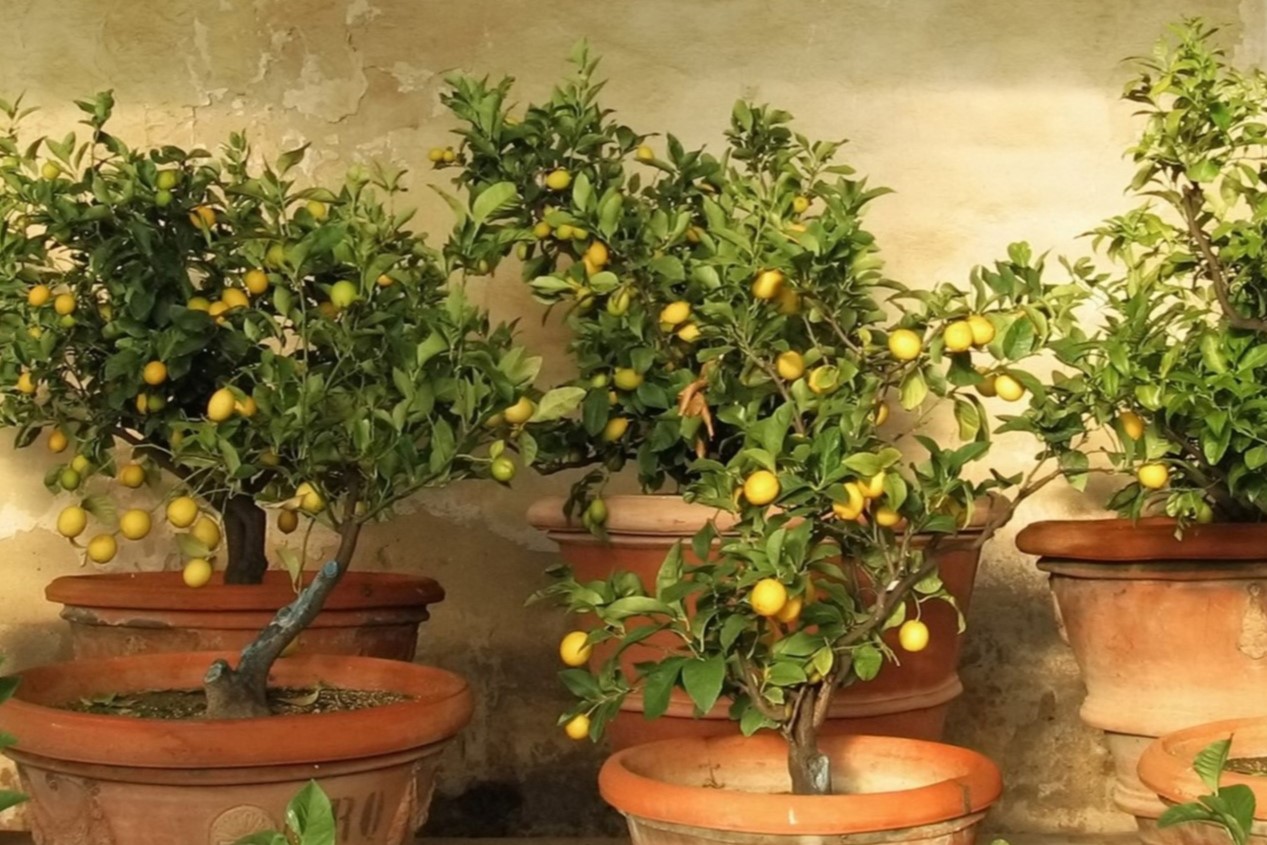
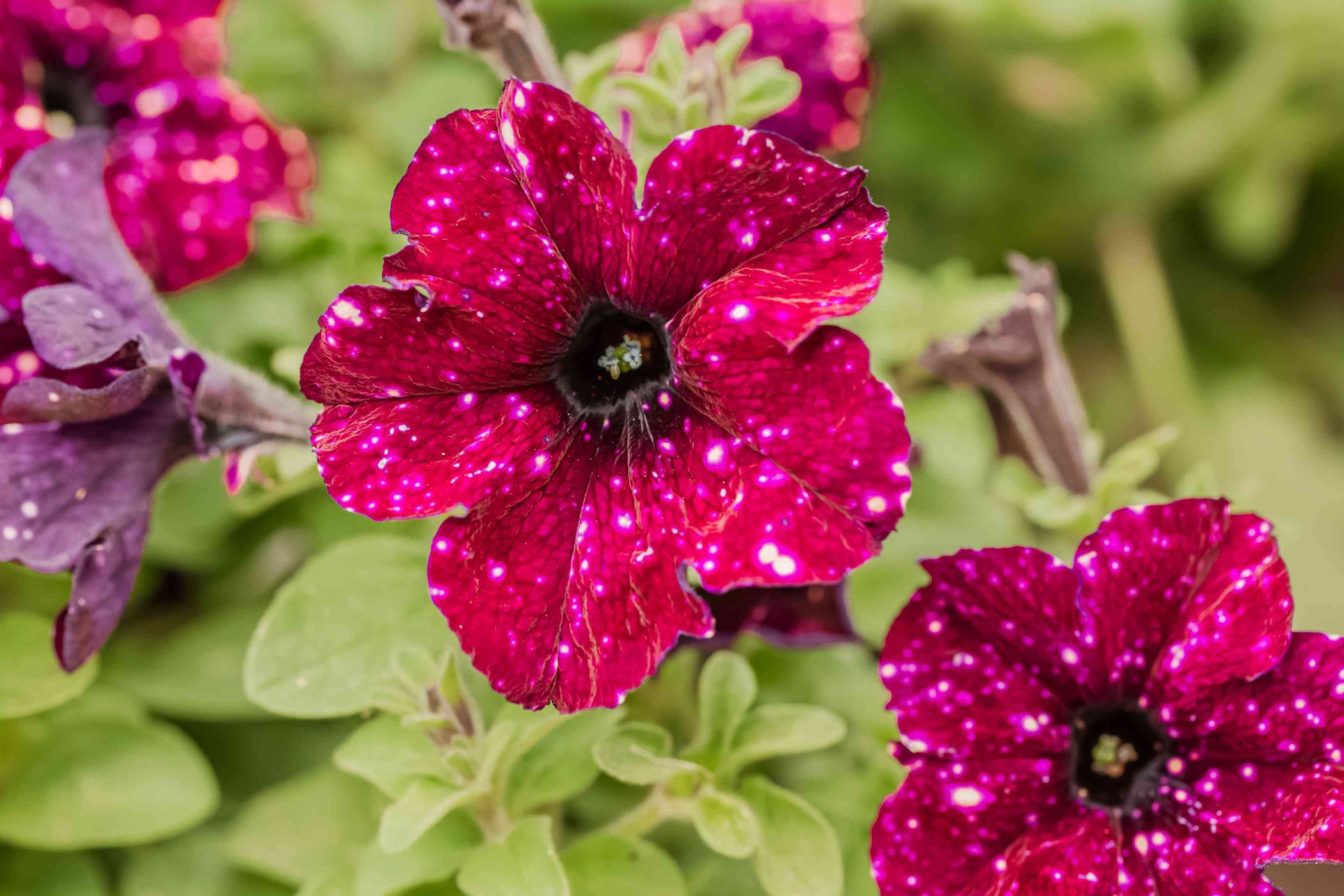
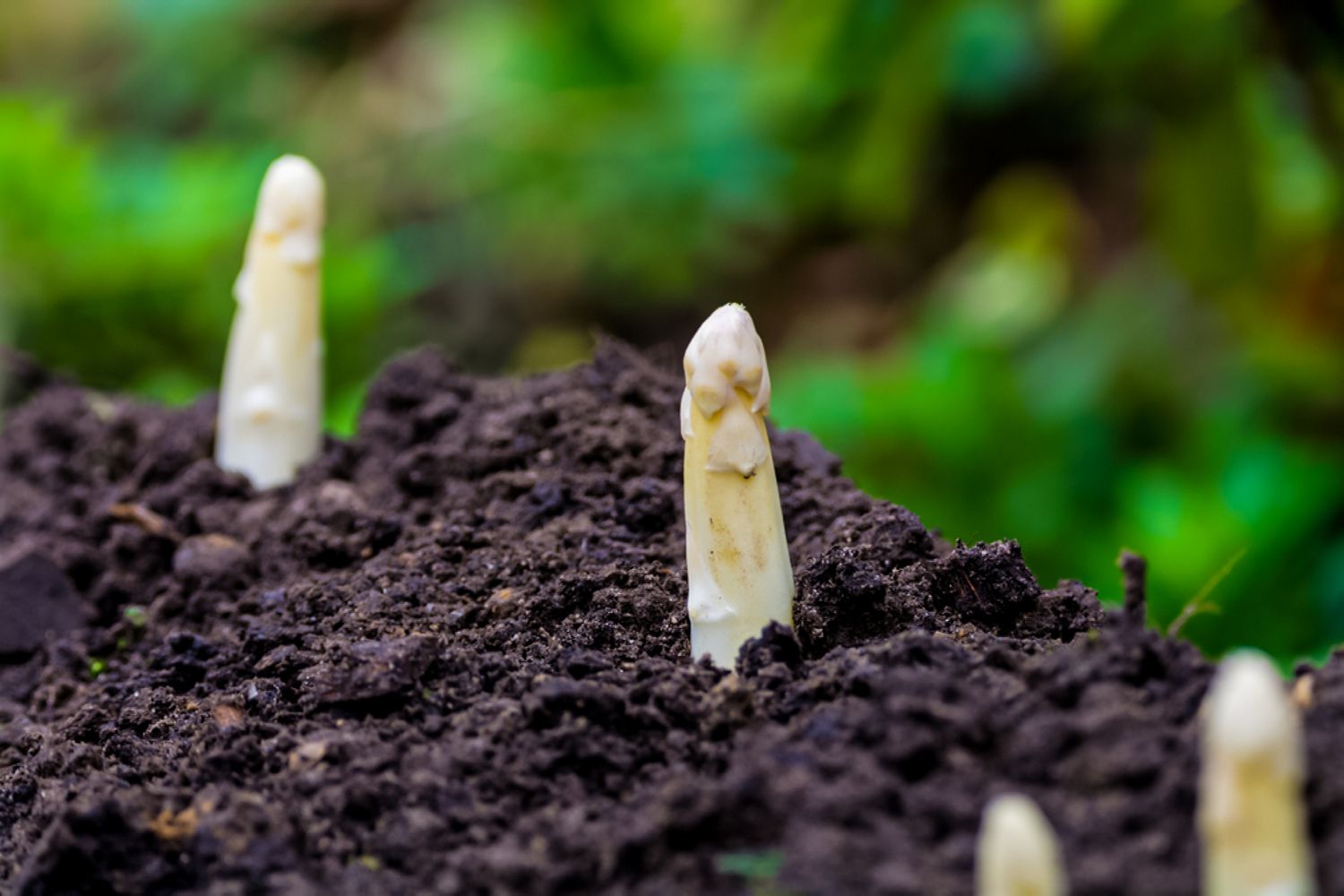



0 thoughts on “How Deep To Plant Turnip Seeds”